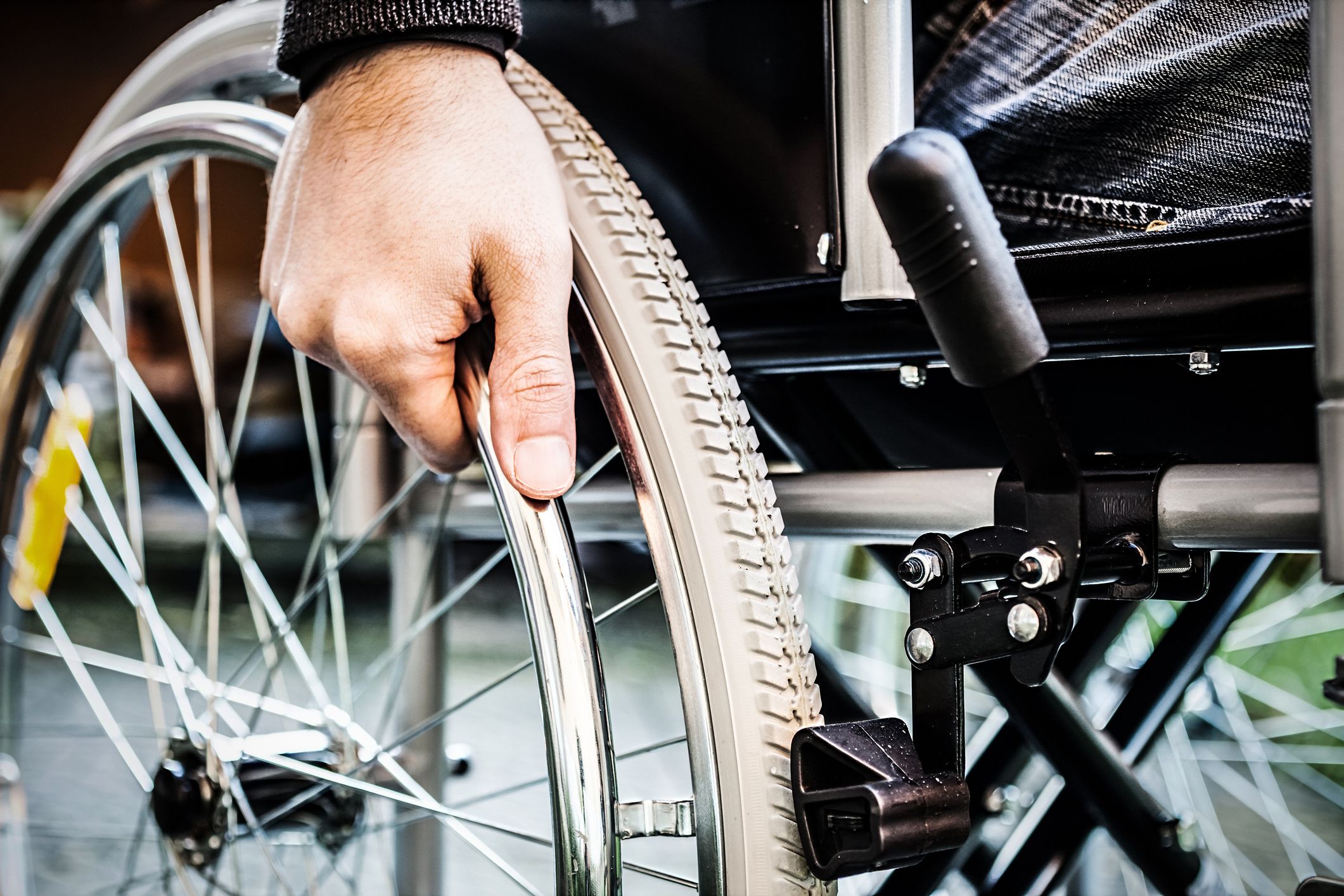
Three male patients suffering from partial or complete paralysis from the waist down were able to walk again for limited periods—with aid—after receiving a novel combination of electrical spinal cord stimulation and intensive physical therapy, according to a study published in the journal Nature.
A team of Swiss scientists, led by Grégoire Courtine and Jocelyne Bloch from Lausanne University Hospital (CHUV), showed how after a few months of training, the patients—who had all sustained spinal cord injuries many years ago—could voluntarily control previously paralyzed leg muscles.
Importantly, the researchers found that neurological function persisted beyond the rehabilitation sessions, even when the electrical stimulation was turned off.
Spinal cord injuries disrupt communication within the nervous system, leading to the loss of essential neurological functions and paralysis. Currently, the options for treating people with chronic paraplegia are very limited.
For the latest research, the Swiss scientists used a wireless implant to electrically stimulate the spinal cord, a process that can repair damaged nerves and trigger the growth of new connections.
The exact timing and location of the stimulation are crucial to a patient's ability to produce an intended movement. The method involves implanting an array of electrodes over the spinal cord to target individual muscle groups in the legs and activate specific regions, mimicking the signals that the brain would deliver when we walk.
"[We] developed a practical stimulation with Swiss watch precision," Courtine told Newsweek. "We stimulate the spinal cord in real-time to amplify the command from the brain. Therefore, the location and timing of the stimulation is very precise; it reproduces the way the brain activates the spinal cord naturally."
The difficult part for the patients was to learn how to coordinate their intention to walk with the targeted stimulation. However, this did not take them long.
Within a few days of starting the treatment, the patients progressed from stepping on a treadmill to supported walking on the ground, while receiving the stimulation. After five weeks, the patients could walk for up to one hour on the treadmill with the stimulation and bodyweight support.
"All three study participants were able to walk with body-weight support after only one week of calibration, and voluntary muscle control improved tremendously within five months of training," Courtine said in a statement. "The human nervous system responded even more profoundly to the treatment than we expected."
This new targeted technique allowed the patients to actively train their natural walking capabilities in the lab for extensive periods of time, as opposed to passive training using an assistive exoskeleton, for example, which helps people take steps.
During the physical therapy rehabilitation, the three participants were eventually able to walk hands-free over more than one kilometer with the help of the electrical stimulation, either partially supported or with a walker. The patients showed no signs of leg-muscle fatigue and, furthermore, there was no deterioration in stepping quality.
These longer training sessions also led to the recovery of some voluntary leg movements, even when the electrical stimulation was turned off. This suggests that the brain and spinal cord had re-established natural connections.
Some previous studies have reported paraplegics taking steps with the help of walking aids and electrical stimulation, however, these rehabilitation programs took much longer. In addition, the patients were only able to walk short distances and only as long as the stimulation was on. When the stimulation was turned off, the patients reverted to their previous state of paralysis and were no longer able to carry out leg movements.
A start-up founded by Courtine and Bloch, known as GTX medical, will use the latest findings to develop tailored technology with the aim of turning this rehabilitation program into a treatment that is widely available at hospitals and clinics.
"We are building next-generation neurotechnology that will also be tested very early post-injury, when the potential for recovery is high and the neuromuscular system has not yet undergone the atrophy that follows chronic paralysis," Courtine said. "Our goal is to develop a widely accessible treatment."
According to Chet Mortiz, a researcher from the University of Washington, who was not involved in the study but is the author of an accompanying Nature Neuroscience News & Views article, the new findings demonstrate a bright future for spinal cord injury.
"This work is very significant," he told Newsweek. "When combined with two other recent studies [which reported the limited restoration of walking in cases of complete paralysis] we are seeing that people with many different types of spinal cord injury are able to resume walking when [electric] stimulation is combined with intensive therapy. Since there are very few options for treating people with spinal cord injuries, these three studies together could be seen as a breakthrough."
With regards to how long it will take before this treatment could become more widely available, Mortiz thinks we are a few years away at least.
"All three recent studies use a commercially available device," he said. "It has some limits in terms of channel count and configuration, but if it turns out to be sufficient, then the regulatory pathway could be much shorter [for example, 2-5 years]. If a new device is needed, this will take longer to get approval [5-10 years]."
He also notes that additional research is needed to understand more about these new treatment options.
"We don't yet know whether the patterned stimulation used by the Courtine group in the most recent paper is superior to the continuous stimulation used by the other two groups," he said. "It may depend on the severity of the spinal cord injury. More research is needed to compare these approaches across a range of people with more complete and incomplete spinal cord injuries."
Robert Kapsa, Head of Research Neurosciences at the University of Melbourne, said the new protocol is a significant step forward, but cautioned that such an approach may not work for everyone.
"Applied to damaged spinal cord repair, this has potential to promote at least some restored function and the published work reflects some specific instances in which this appears to have been the case," he said in a statement.
"It is important to note that all spinal cord injuries are different, and it is highly likely that not all injuries will respond with equal levels of success," he said. "Nevertheless, this work presents a significant step towards establishing a viable approach towards restored function in at least a proportion of people with spinal cord injuries who would otherwise face long-term confinement in a wheelchair."
Uncommon Knowledge
Newsweek is committed to challenging conventional wisdom and finding connections in the search for common ground.
Newsweek is committed to challenging conventional wisdom and finding connections in the search for common ground.
About the writer
Aristos is a Newsweek science reporter with the London, U.K., bureau. He reports on science and health topics, including; animal, ... Read more
To read how Newsweek uses AI as a newsroom tool, Click here.








